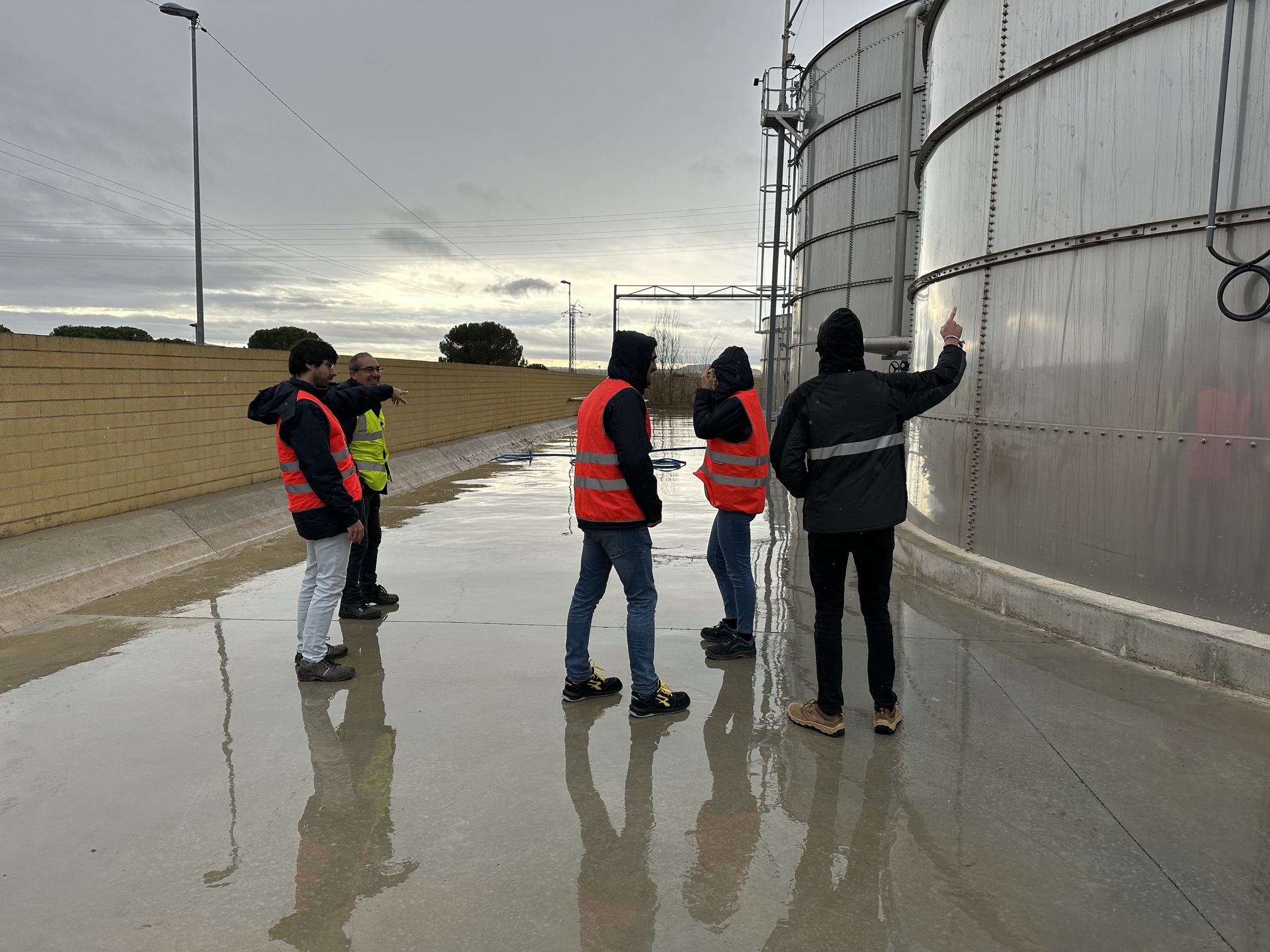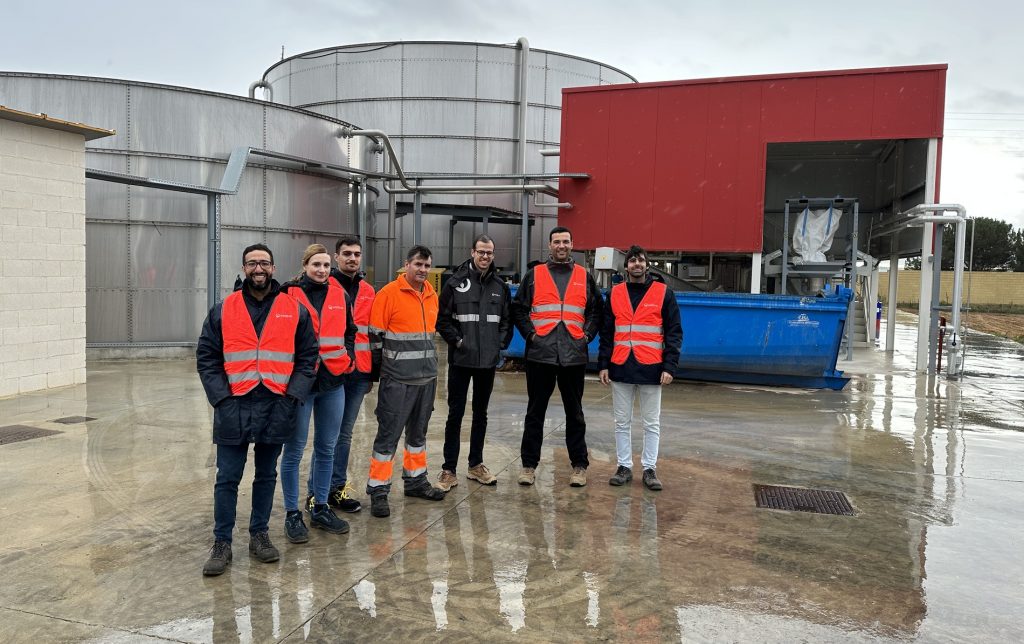Published on 14 Feb 2023
Every time waste water is discharged into a sewage system, its potential is lost. As strange as it sounds, a lot of nutrients, essential elements in agriculture, are discarded together with pollutants. To prevent this loss, a new nutrient recovery plant is being tested in a pilot industrial site in central Spain.
All our daily activities are somehow connected to waste water production, from what we eat to what we wear. Cities and industries are major waste water stream producers, that will sooner or later end up in other water bodies or in the ground.
This is why waste water represents a double problem for the environment. Not only nutrients are lost, but they end up in the environment, causing pollution and imbalances. Where there is a problem, though, innovators can see a solution as well.
That’s the case of nutrient recovery technology, which adopts different techniques to recover nutrients from waste water streams. This not only prevents nutrient loss but the same nutrients can be used as ingredients to make fertilisers for the agriculture sector.
Nutrient recovery technology is brilliant, but still far from being perfect. Most of these technological solutions have been tested only in laboratories so far, and it is time now to test them in real life. Currently, not all industrial sites are eligible to be pilot sites for nutrient recovery. They must meet several criteria, such as the type of residues present in the waste water stream, or their location.
The pilot plant in central Spain is one of the five pilot plants from the EU project WalNUT, based on nutrient recovery from waste water and the production of bio-based fertilisers. Jaime Gómez Labajo from VEOLIA, and Francisco Corona Encinas and Sergio Sanz-Bedate from CARTIF, explain that the choice of this site followed a long series of evaluations. “We had some discussions with our colleagues from CARTIF, and we assessed the available opportunities. There were different kinds of industries, among them: brewery, cosmetics, recycled plastics…” Says Jaime Gómez Labajo.

The final choice was a dairy industry, where a waste water stream is generated during the cleaning processes of the equipment present in the milk production plant.
“We considered, at first, the physicochemical characteristics of the waste water and the space requirements.” Explain Francisco Corona and Sergio Sanz- Bedate. “Some possibilities were ruled out due to space issues, and the remaining options were evaluated according to the stream composition. We then chose the final site by running out a series of lab tests.”
The final site has been chosen because the microbiological processes showed a better performance for the waste water from the dairy industry. Another plus is that the industrial plant is located in a rural site, so it will be easier for them to sell their nutrients to the bio-based fertilisers industry. In the future, it will be possible to upscale and replicate this technology in similar industrial sites.
There are different kinds of nutrient recovery technology. The one tested in Spain exploits the algae physiology to achieve its goal. Living organisms need nutrients to grow, and algae are no exception. Waste water streams are often rich in nutrients, but recovering them from the pollutants is not an easy job. Algae can help, though. In fact, algae absorb nutrients from the waste water, trapping them inside their own tissues and acting like a living filter. Nutrients can then be recovered by harvesting, drying, and treating the algae.
The waste water stream from the chosen dairy industry is strong enough to guarantee enough nutrient concentration to be absorbed by the algae. It also has enough organic matter concentration so that the biomass could carry out the biological processes it needs to stay alive.
The process may seem quite straightforward, but there are many obstacles that need to be overcome to achieve the final result. “To begin with, the effluent of the plant, as in the majority of industries, is not constant, and some episodes of conductivity or organic matter content peaks happened in the plant” explains Jaime Gómez Labajo. With the current technologies, it is possible to balance these peaks, but it is something that needs to be considered since the initial design of the nutrient recovery plant.
Other issues are related to the location of the industrial site. The nutrient recovery plant needs an adequateamount of space, and it cannot be built if the chosen industrial plant is surrounded by other buildings. The location is also important to manage the transport of all materials needed to set up the nutrient recovery plant.

Also, little modifications are needed in the valves and piping of the industrial waste water system to adapt it to the new technology.
Overcoming these obstacles will get a big reward since the new technology is expected not only to clean the waste water stream but also to produce bio-based fertilisers. “This would avoid all costs and impacts that would exist due to the production of the equivalent amount of synthetic fertilisers, along its whole life cycle. Besides, this production of BBF will generate extra revenue for the facility manager of the WWTP, which will reduce its management costs or even generate benefits” explain Francisco Corona and Sergio Sanz- Bedate.
The implementation of this nutrient recovery technology will make waste water technologies cost-effective, resulting in more industries interested in its implementation. As Jaime Gómez Labajo said “The interest of companies in protecting water will increase which is, obviously, the greatest positive impact.”
Share the news:



